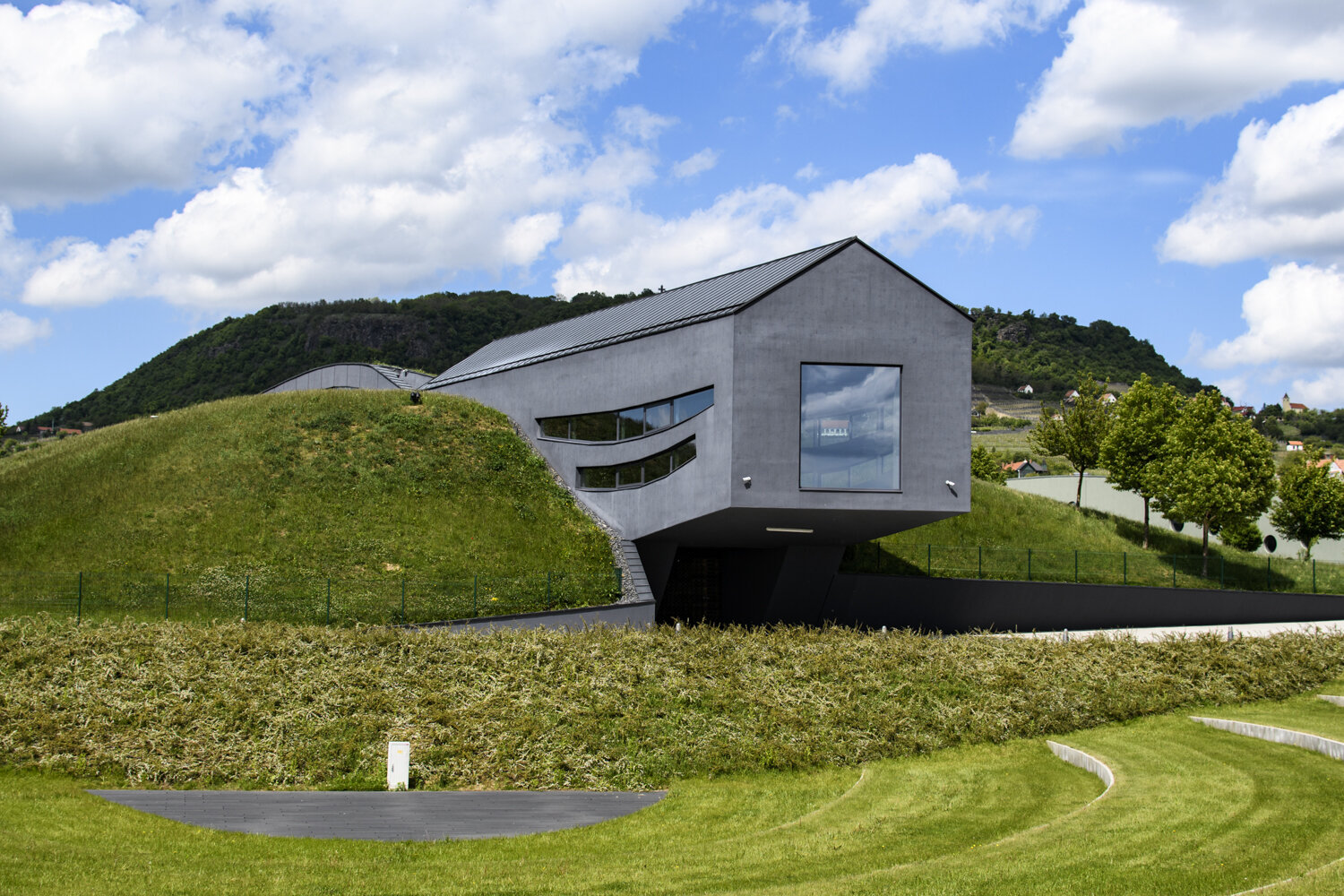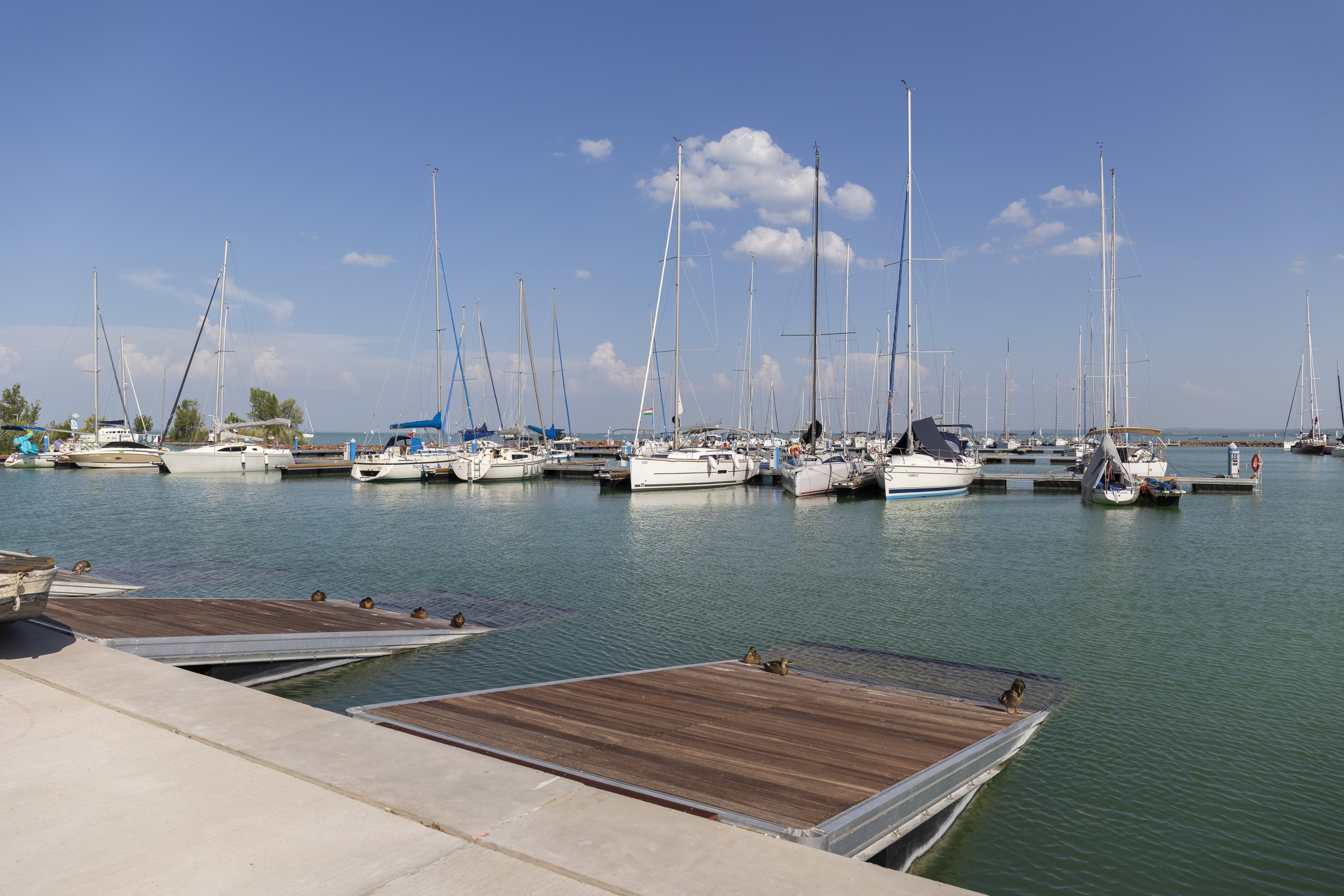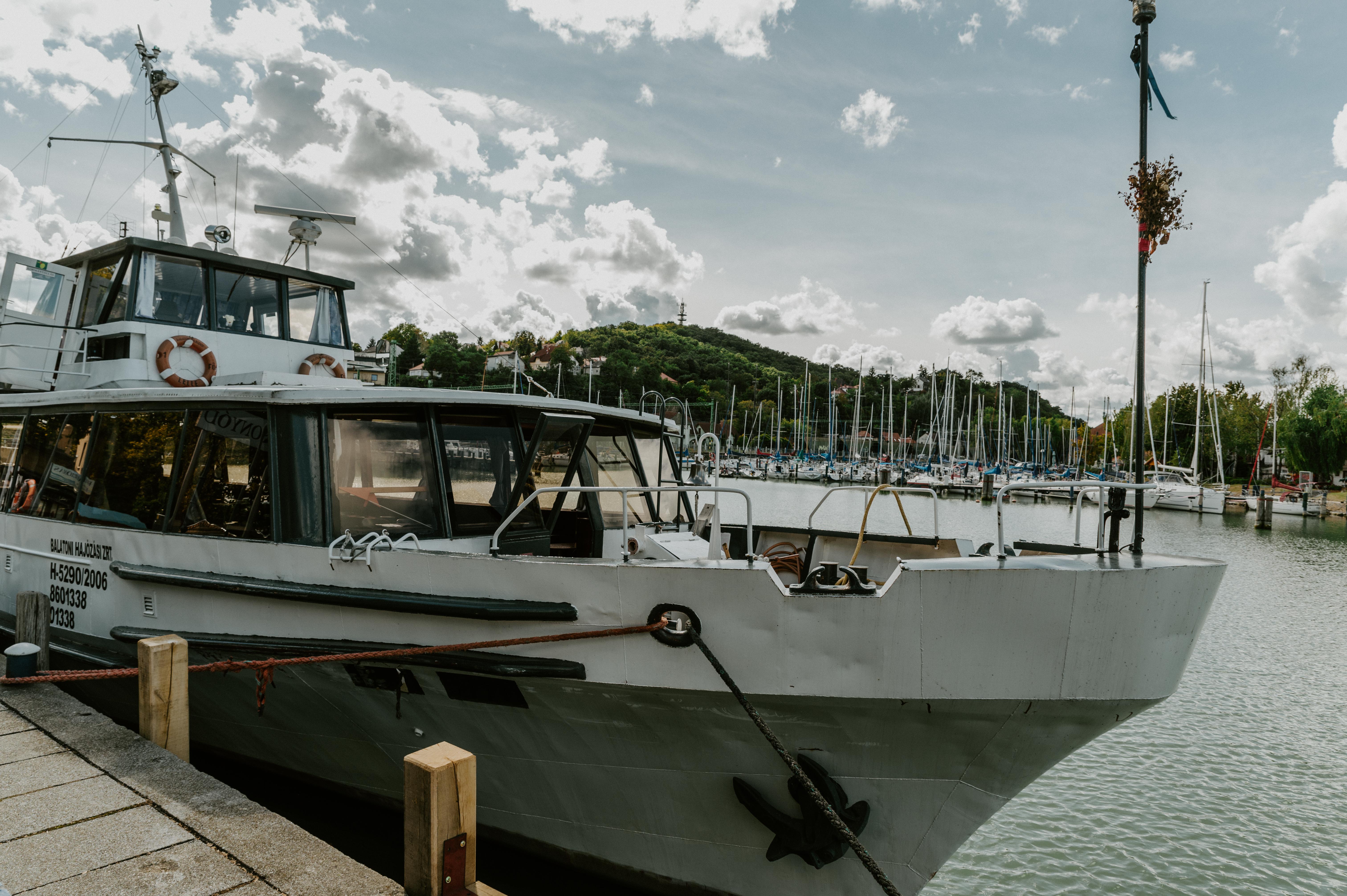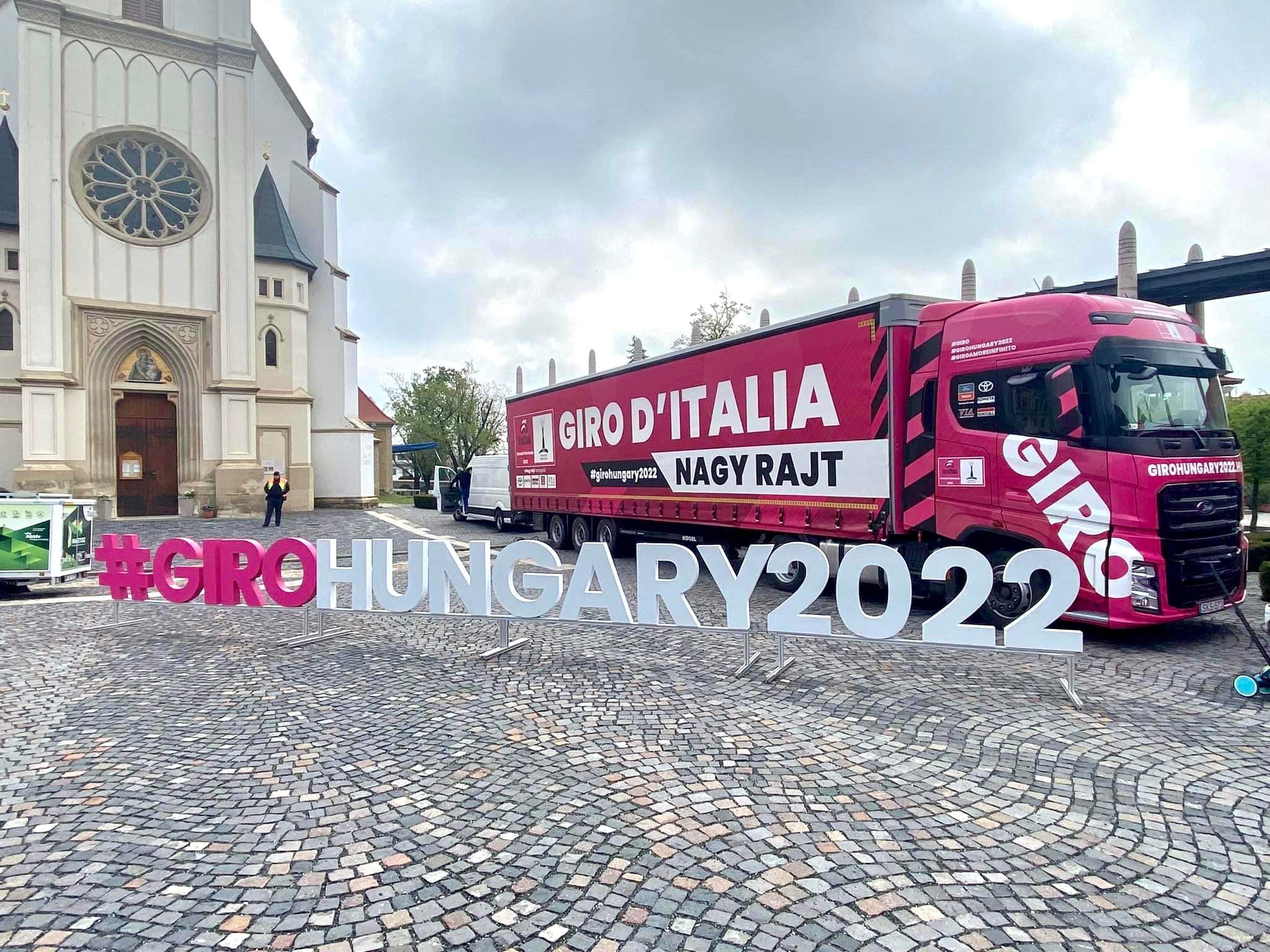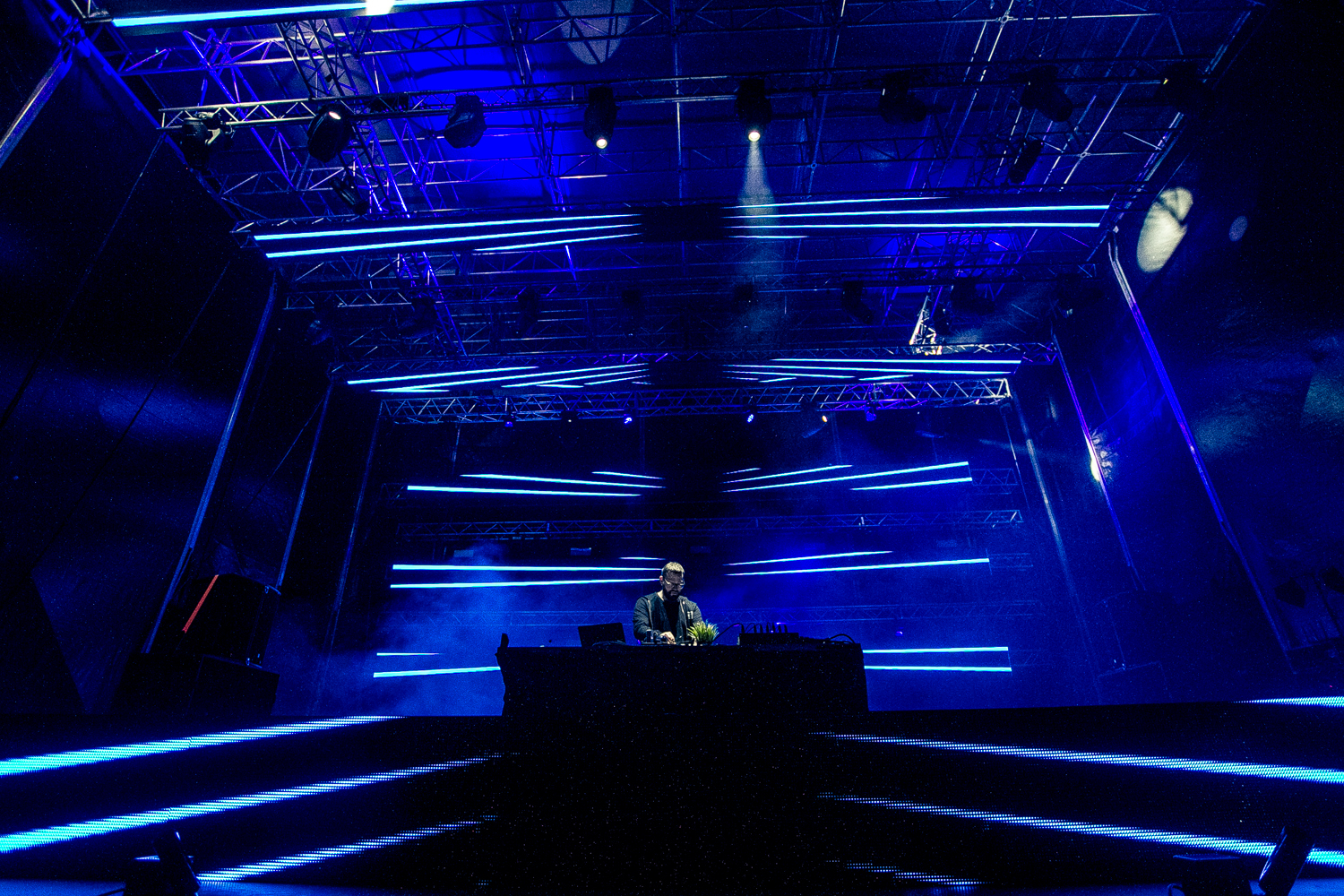“This 2009 Kőkonyha is messing with my head. Now I understand the name of the wine: it’s like rocks became liquid in my glass” I write this down into my notebook as György Várszegi is already pouring out the next “rock-juice”. The tasting is becoming to an end, but the head winemaker of Kreinbacher always has yet another rabbit to pull out of his hat. Next up is a nine year old cuvée – named Öreg Tőkék Bora – which is just as much of an experience as the previous one. I quickly scribble down the following into my notebook: “The scent and flavor of salt, minerals, and tropic fruits, and it has a dark golden, almost lamp oil like color. Brutal.”

The five-million-years-old character
Those who ever tasted the wines of Kreinbacher probably had the same epiphany. Not only because the winery makes their wines according to the highest standards (not to mention their champagnes), but also because the wine region of Somló has a basaltic soil – let’s say terroir – which always overrides the original flavors and notes of the grape variety. This, however, might not be the next step for beginner aficionados and rookie rosé drinkers who decide that from now on they want to stick their pinky out more firmly. Somló, this five-million-year-old formation demands a deeper commitment: there isn’t a more mysterious and more characteristic wine region in Hungary, and there’re only one or two similar wine-growing areas around Europe.

Wine and lava flows underground
The estate was founded by József Kreinbacher in 2002; today he has 43 hectares of land. It’s well-known that he’s an ardent fan of Burgundy and Champagne, and what they put in the bottles here in Somló is inspired by the wines of the most famous French wine region. Of course, to really make the wines of Somló resemble that style requires exceptional precision – that’s what György told us. Kreinbacher’s head winemaker guides us through the stages of winemaking from one room to the next throughout a whole morning.
There’re enormous rooms and cellars under the estate: these were designed by renowned architect, Dezső Ekler. The monolithic reinforced concrete interior spaces and their curved forms are meant to evoke the movement of volcanic forces. Finished in 2012, the aboveground spaces of the complex perfectly harmonize with the landscape: both the wine and the champagne cellar are covered by an artificial hill green with grass, so when they’re seen from the hill, they fit smoothly into the scenery.

Anyone who makes an appointment in advance can participate on a tour like this, where we can closely inspect the process of wine and champagne-making, and we can learn what does triage or liqueur d'expédition mean, and also get to know what disgorging or un-disgorging is. The tour is guided – maybe it won’t be the head winemaker, but the guide is always an expert, who, at the end of the tour, will conduct the tasting of wines and champagnes as well.
A Frenchman who grew up among champagnes
It’s not mentioned too often when it comes to Kreinbacher Estate that they cultivate their grapes organically, which means that they don’t use any chemical-based insecticides or herbicides. “The company doesn’t want to build a marketing strategy on this, as this is an elementary thing among those winemakers of the world who make premium products, and who have the same size as us. Kreinbacher as a whole is aiming for sustainability, so we do such, almost small things like composting the left-over pomace after pressing, and reverting it to the cultivable humus layer," said the winemaker.

The specialty of their champagnes that first came out in 2014 has several components. On the one hand, they recognized that they themselves can taste all the best champagnes of the world here in Somló in their free time or during their working hours, but to create something similar, they need French know-how and an external expert. The arrival of Christian Forget, who worked for renowned producer Paul Bara in the Champagne region, opened a new chapter in the life of the company. As György told us: “Christian opened up new horizons for us. He encouraged us to only use Furmint and Chardonnay varieties for champagnes. There’s a whole science to knowing how to blend the base wines that otherwise would be too acidic to enjoy, and we couldn’t have learned that in this life. He’s from a family of champagne-masters. There’re very few people in the world who are such experts of champagne as someone who was born there.”

The champagnes of Kreinbacher, like the Prestige Brut, the Extra Dry, the Classic Brut, or the Brut Nature, are in the news every year for their shining silver and gold results, while the price of the champagnes, within their own category, isn’t crazy. Of course, at first the amount of 3,500-5,300 forints (about 11-17 euros) might sound a lot for an average budget, but the French champagnes that are the international competitors of Kreinbacher usually cost three or four times more.
The still wines – the term used by the wine industry for the inverse of sparkling wines – also have their place in the Kreinbacher Estate. The classic, native varieties of the region like Welschriesling, Hárslevelű, or Furmint and Juhfark, and lately Gewürztraminer, will always be a part of the selection: whether we are talking about a basic, entry level wine with airy characteristics that was fermented partly in steel tanks and partly in barrels, or a premium product that went through a strict crop selection and was aged in barrels for a long time.

A contemporary building
We can come by the estate for a tasting anytime, and we can also have lunch here: on top of the wine bar they also have their own restaurant. All of their wines and champagnes are available here (even their rosé, which is completely alien in this wine region, and also their Syrah, which is exceptional in its category). It would definitely be reckless to just rush away without checking out the kitchen and the award-winning contemporary interior (we praised the building on previous occasions).
Operating since 2015, the restaurant of Kreinbacher Estate bases its bistro-kitchen on quality ingredients; here, as they put it, the classic and the contemporary meet. Whenever they can, they use fresh local ingredients from around Lake Balaton. The menu is seasonal and narrow, and it has a daily offer. The prices are reasonable; most of the meals are priced between 2,000 and 6,000 forints. We can also have breakfast here (the pair of salmon and Brut Nature is a must have!), but we have to check-in in advance for that; if we arrive with a group of at least 10 people, they can even give us a guided wine dinner.
And if we aren’t in a rush and feel like spending more time here on the estate, we can stay in the boutique lodging which has 15 rooms and magnificent interior designer elements. The style is a bit different than the style of the wine and champagne cellars: the industrial vibe is replaced by a certain natural atmosphere – both in the rooms for dining and for sleeping. (The price is around 16,500 and 20,500 forints per person for a night including breakfast – during off season.)
